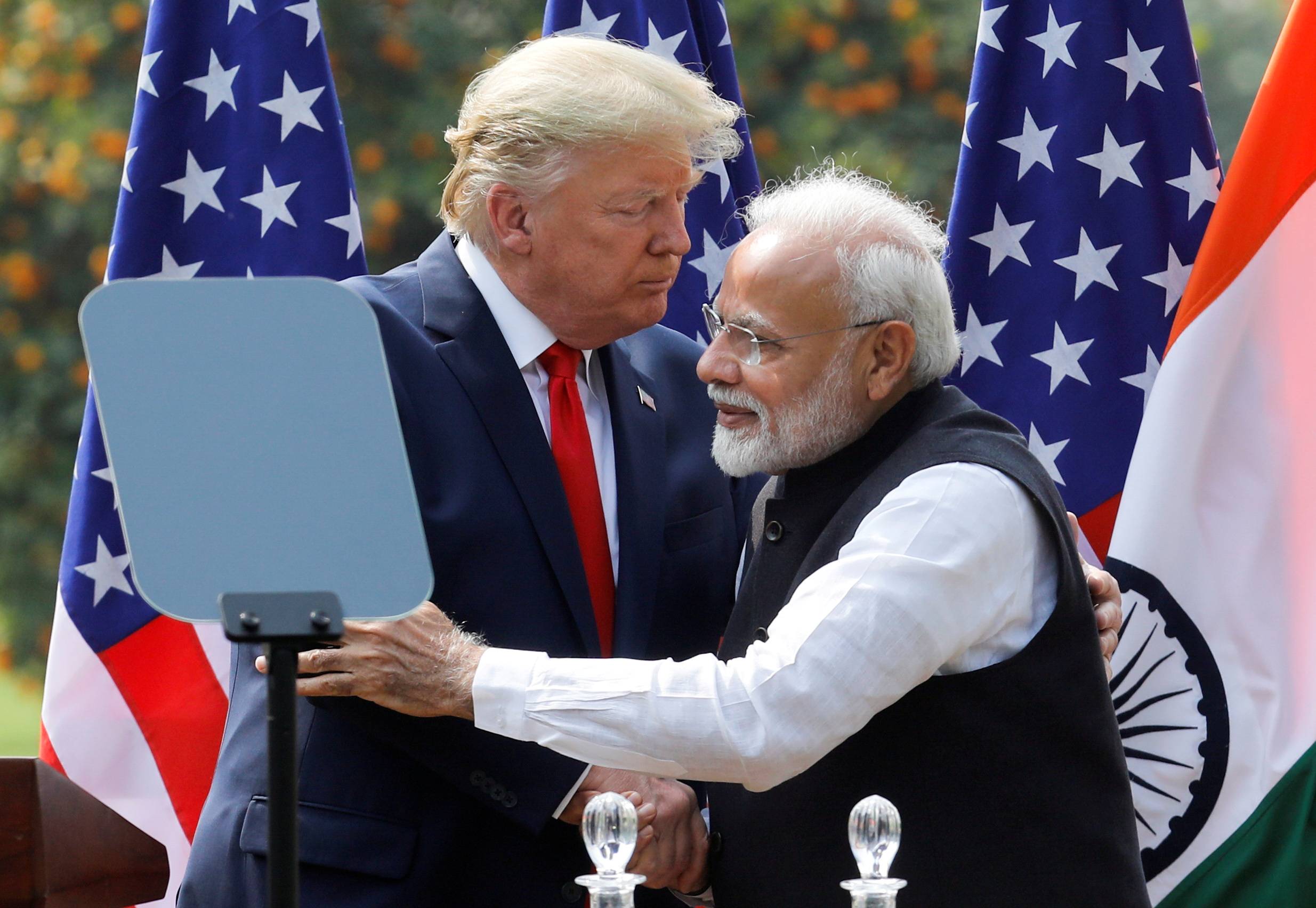Beyond the major headlines surrounding the U.S. presidential election, a little-noticed development is attracting attention both in India and among American campaign strategists. The rising influence of the Indian American community in the United States — though barely 1% of the electorate — has made it impossible for the world’s oldest democracy to ignore the world’s largest.
Indian Americans are the second-largest immigrant group in the U.S., and among the fastest-growing — up by nearly 150% over the last decade. They also are more affluent and highly educated than any other ethnic group, with a median income nearly double the national average (estimated at $100,000 in 2015). And they have been remarkably active politically, as voters, campaigners, donors, and candidates. In the past two decades, two state governors, one U.S. senator, five members of the House of Representatives, and now a vice presidential candidate have been Americans of Indian descent.
No wonder both major parties are actively courting Indian American voters, a significant number of whom reside in potential swing states like Texas, Michigan, and Pennsylvania. Both presidential candidates have released television commercials in Indian languages on the leading networks broadcasting Indian programming in the U.S. , and Joe Biden used the Hindu festival of Ganesh Chaturthi to woo Indian American voters.



















With your current subscription plan you can comment on stories. However, before writing your first comment, please create a display name in the Profile section of your subscriber account page.